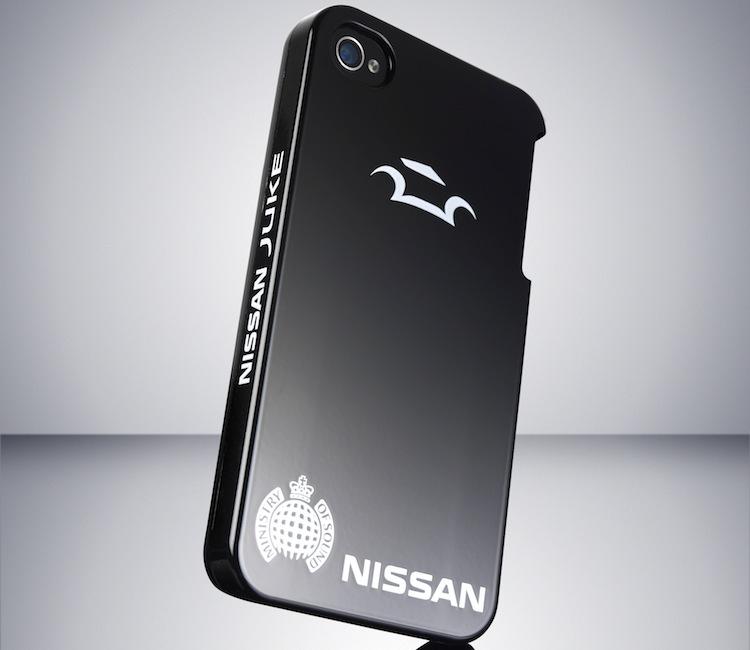
There is nothing I hate more than getting a few nicks and scratches on my phones and tablets. No matter how careful I am, my devices always manage to acquire small, unexplained scratches and gashes on their front, sides and back. Even when I carry them in cases and carefully stow them in my pants pockets (without keys, change or anything else abrasive in them), after a couple months, I start to notice tiny blemishes all over the body.
Oh, how it drives me up the wall. I will never know how it happens. I always try my best to take care of every device, largely to maintain resell value, but it never seems to matter. At some point or another, I find myself constantly eyeing the latest mysterious scuff on the casing of my phone.
If Nissan is to have their way, however, tiny scuffs and scratches on your phone could become a thing of the past. A few years back, the Japanese-based car manufacturer developed a type of paint – that can heal itself and make tiny scratches disappear – for use with their vehicles. Now they plan to bring this technology to the industry where scratch, scuffs, nicks, gashes and cracks are far too common, the mobile world.
Earlier today, Nissan announced the Nissan Scratch Shield iPhone case, which is currently in a beta testing phase in Europe. If demand is strong, though, they will look toward offering the Scratch Shield iPhone case for general sale later this year. Made of ABS plastic, which is commonly used in the automotive industry, the innermost part of the case is more rigid than your typical iPhone case. The more intriguing and more interesting part, though, is the coating on the outside. The case's paint is composed of polyrotaxane. According to Nissan, a chemical reaction occurs when the surface structure is changed, and over the span of an hour (up to a week, depending on the intensity of the wound), the case will heal itself, effectively turning what was once a scratch back into its original shape.
The awesome part? In the press release, it is revealed that Nissan is working with NTT DoCoMo to allow the use of Scratch Shield technology on some of its phones.
My only concern is how the technology actually works and how it will stand against the test of time. For one, when you scratch something (read: almost anything), there is usually a loss of material. Whatever did the scratching probably took a piece of the top layer with it. To completely heal such a blemish, it would require the paint coating to actually produce more material. Otherwise, you're just spreading what's left of the paint out, causing the coating to wear thin in some areas. I'm not saying that's totally impossible. After all, this is a chemical reaction we're talking about. And some self-healing polymers store gel in capsules, when a crack occurs, the gel seeps out of the capsules and fills the gap, restoring everything (mostly) back to normal.
I'm sure these are things that Nissan engineers have been working on for the past six or seven years. But the interesting part will be to see how many times can the coating heal itself before giving out.
Nonetheless, I think everyone will agree when I say this technology is ... sweet, especially for those of us who are OCD and freak out over the tiniest of scratches. But I would nothing more than to see this technology – or something very similar – make its way to actual devices, not just cases. Sure, Nissan is working with DoCoMo. But what does that mean for those of us who are stateside? I want to see self-healing US-based devices: an iPhone 5 with a self-healing coating and a slew of self-healing Android phones and Windows Phone devices. My Galaxy Nexus and iPhone 4S could really use a polyrotaxane treatment right about now.
A recent push from manufacturers has been in the direction of extra durability with more rigid chassis, Corning's Gorilla Glass, Kevlar and other tough materials. Here's to hoping we will see the addition of self-healing paints and polymers used in cell phones in the not too distant future.
What say you, pups? Is polyrotaxane the paint of the future that will keep our phones (mostly) blemish-free? Do you want a phone coated in polyrotaxane? Or would you just prefer a case coated in it?
Image via Nissan